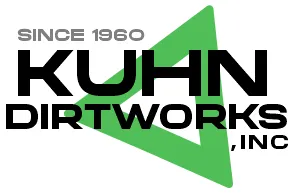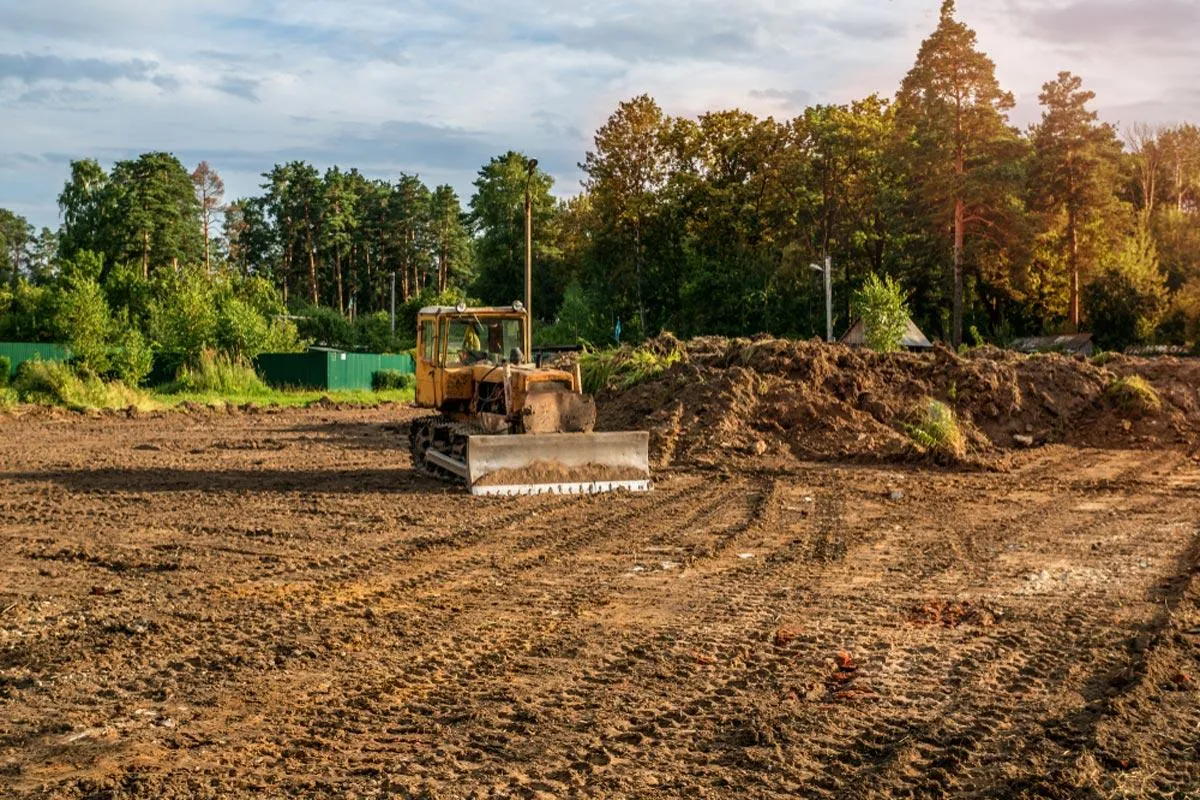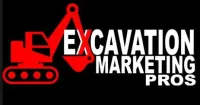
Serving IL & IN: Clark, Vigo, Edgar, Crawford, Sullivan, Clinton, Coles & Greene Counties
Blog

Excavator or Skid Steer? Choosing the Right Equipment for Your Grading Job
Excavator or Skid Steer? Choosing the Right Equipment for Your Grading Job
1. Understanding Your Grading Project: What’s Really at Stake?
If you're staring out at your property thinking, “This slope has to go,” or “Water shouldn’t be pooling there,” you’re not alone. Most folks we work with around Marshall, IL—or anywhere in Clark, Vigo, or Edgar Counties—aren’t just dealing with an eyesore. They're trying to solve a problem that’s either been bugging them for years… or suddenly turned into a mess after one heavy rainstorm.
You might be a homeowner trying to level out a backyard for a shed or patio. Maybe you're building on a fresh piece of land. Either way, you’re likely feeling one or more of these things:
Confused by the options out there
Nervous about spending too much
Unsure who to trust
Afraid you’ll make the wrong call and have to redo it all later
We get it. At Kuhn Dirtworks, Inc., we’ve seen this over and over again in the counties we serve—from rolling farmland to tight residential lots. The truth is, choosing the right piece of equipment for grading might not sound like a big deal at first—but it can make or break your entire project.
Let’s break it down and help you feel confident about what’s under those tires (or tracks).
2. Why Choosing the Right Equipment Matters (More Than You Think)
Imagine trying to butter toast with a chainsaw. That’s kind of what it feels like when the wrong machine shows up to a grading job.
Too big, and you could destroy more than you fix. Too small, and you’ll burn through time and money. The wrong setup can lead to:
Uneven grading
Poor drainage
Soil compaction (which causes its own set of headaches)
Cracks in driveways or foundations later
Frustrating delays
Bottom line: grading isn't just moving dirt—it's shaping the foundation of your space. And that requires the right tools, not just any tools.
3. What’s an Excavator? Pros, Cons, and When to Use One
🏗️ What Is It?
An excavator is the big dog on the job site. It’s what most people picture when they think “construction equipment.” These machines use a long arm (called a boom) and bucket to dig, lift, and shape the land. Most run on tracks, giving them great stability.
✅ When Excavators Shine:
Digging deep or large holes
Heavy-duty grading or sloping
Working on hills or uneven terrain
Clearing large areas of debris or trees
Trenching for foundations, septic systems, or utilities
❌ When Excavators Might Be Overkill:
Tight spaces (think residential yards or narrow driveways)
Fine grading or finishing work
Jobs where maneuverability matters more than brute strength
4. What’s a Skid Steer? Pros, Cons, and When It Makes Sense
🚜 What Is It?
Skid steers are smaller, nimble machines with a bucket up front. Some run on wheels, others on tracks (those are often called compact track loaders). They’re kind of like the Swiss Army knife of construction—quick, flexible, and able to handle a ton of attachments.
✅ When Skid Steers Are Perfect:
Light to moderate grading jobs
Tight residential lots
Backfilling and spreading gravel
Cleaning up after excavation
Working around obstacles like trees, fences, or buildings
❌ When Skid Steers Aren’t Enough:
Deep digging
Sloped or muddy terrain (wheeled ones especially struggle here)
Jobs that require serious reach or lift capacity
5. Excavator vs. Skid Steer: Which One Fits Your Grading Needs?
Let’s look at a side-by-side to make things clearer:
The key? It’s not about which machine is “better.” It’s about which one fits your job. That’s what we help folks figure out every day.
6. Common Mistakes Homeowners Make When Choosing Equipment
We’ve seen good people make simple mistakes that end up costing way more than they expected. Here are some we’ve helped fix:
Choosing based on price alone. A cheaper machine that doesn’t do the job ends up costing double.
Ignoring site conditions. Muddy? Sloped? Rocky? That changes everything.
Trying to do it all with one tool. Sometimes, we need both machines. One might rough grade, and the other does the final shaping.
Hiring someone who only owns one machine. They’ll try to make it work whether it’s a good fit or not.
Underestimating the skill needed. Having the right tool is step one. Knowing how to use it properly is step two.
7. Real-Life Examples from Around Clark & Vigo Counties
🏡 Clark County Finish Grade:
A homeowner wanted a clean, level spot for a prefab garage. The site was small, with a slight slope toward the house. We used a skid steer with a laser level to get a clean grade with proper drainage away from the home. Using an excavator would’ve been overkill (and torn up their lawn).
🌾 Vigo County New Build:
On a larger rural build, we used an excavator to shape a long driveway, dig a culvert, and rough grade a home pad. Then we brought in the skid steer to clean everything up and fine-tune the finish before the concrete crews arrived.
Each job had different needs. Our job was to match the right tools—and skill—to the task.
8. How We Help You Decide at Kuhn Dirtworks, Inc.
At Kuhn Dirtworks, we don’t show up with a “one-size-fits-all” machine. That’s not how we work. We:
Visit your site (or get accurate info from you if we can’t)
Ask what your actual goals are—not just what you think needs to be done
Look at the soil, slope, access points, and possible drainage concerns
Recommend what will work best, not just what’s easiest for us
We work this way because it matters. We’re a small outfit, and our name is on every job. We’re not into doing work twice because the wrong gear was used the first time.
9. The Bottom Line: It's Not Just About the Machine—It’s About the Match
It’s easy to get caught up in the names and machines. But in the end, it’s not really about excavator vs. skid steer. It’s about matching the equipment to:
Your project goals
The conditions on your property
The budget you’re working with
The timeline you need it done
When those pieces come together, the project feels simple—even when it’s not.
10. Need Help? Here’s How to Get in Touch With Us
If you’re still unsure which way to go—or if you just want a second set of eyes—we’d be happy to talk. Whether you’re in Marshall, IL, or anywhere around Clark, Vigo, Edgar, Crawford, Sullivan, Clinton, Coles, or Greene Counties, we’re here to help figure out what makes sense for your property.
We’re not here to upsell you on machines. We’re here to solve your dirt problems. Plain and simple.
